Alec Barrett for TWO-N describes the benefits and some of the intricacies of animated transitions in data visualization.
This visual essay is inspired by the question: What is happening conceptually between the start and end of a transition? I look at reasons for using animated transitions (besides “it looks cool”) and at the kinds of variables that can be transitioned. I conclude that we can think of animated transitions in two categories: those where the space between the start and end states consists of real/realistic data and grammatically valid states for that visualization, and those where it does not.
The essay by the way was published on Observable, a new-ish way to publish “interactive notebooks for data analysis, visualization, and exploration.” Worth a look if you’re into publishing and sharing code.

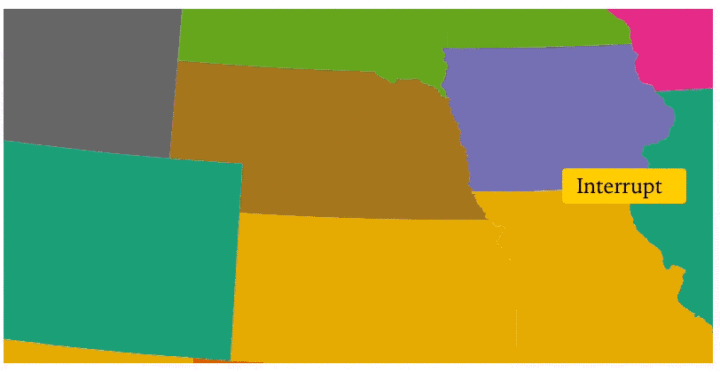
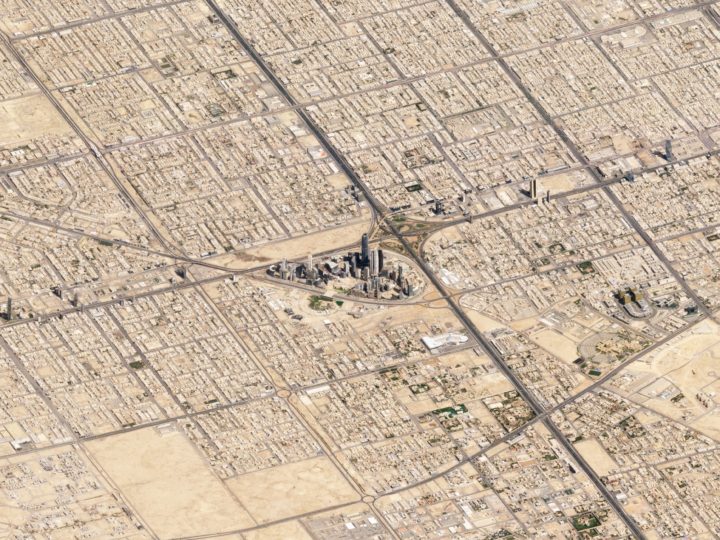
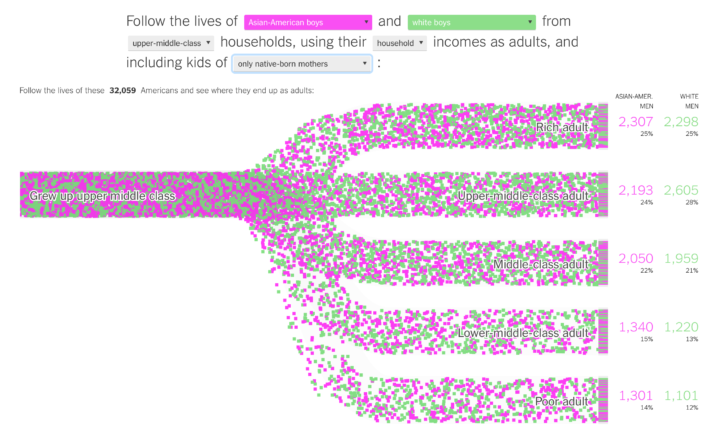
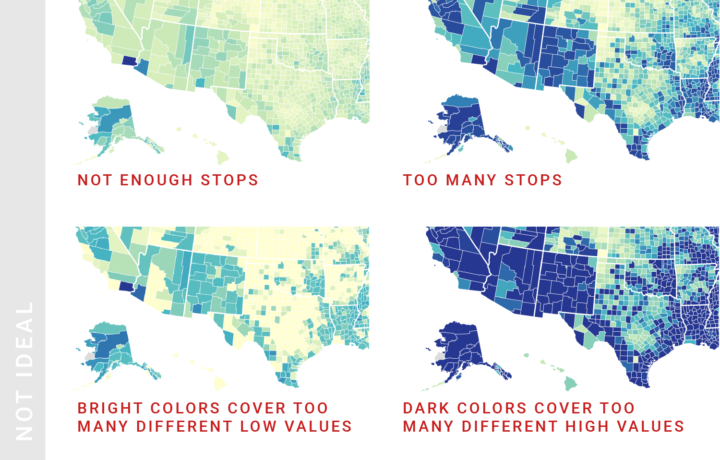

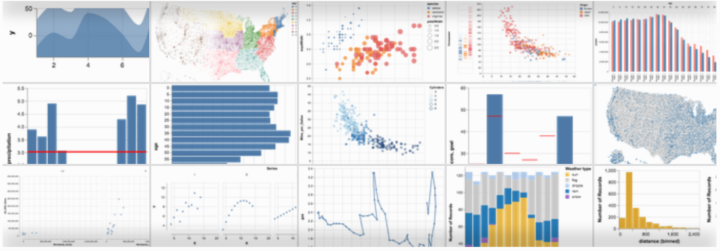
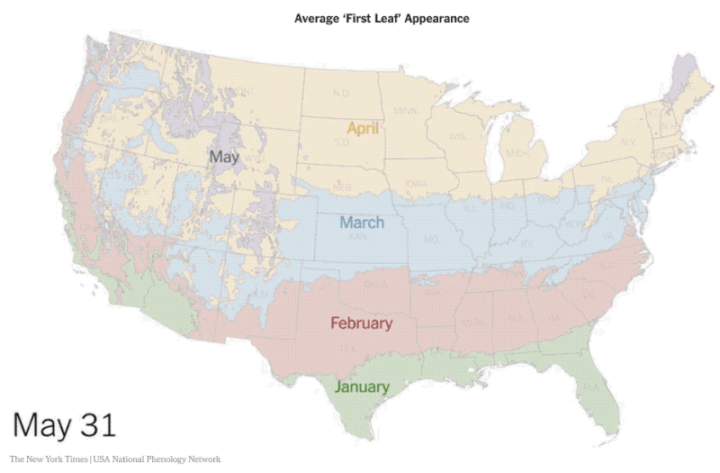
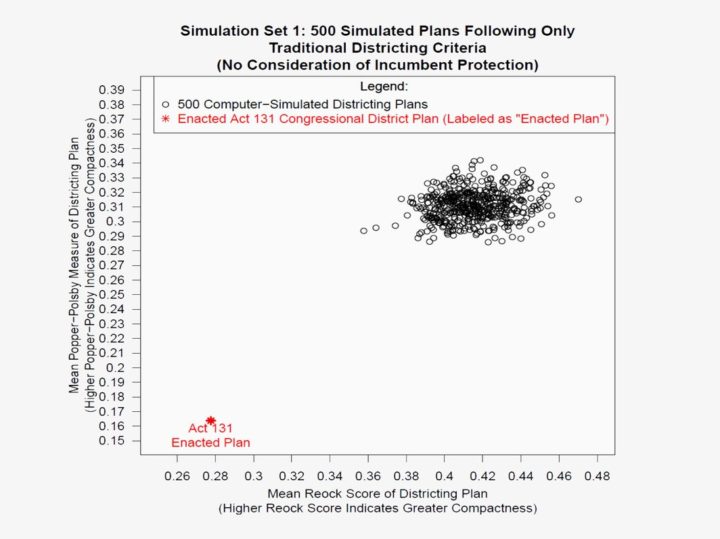
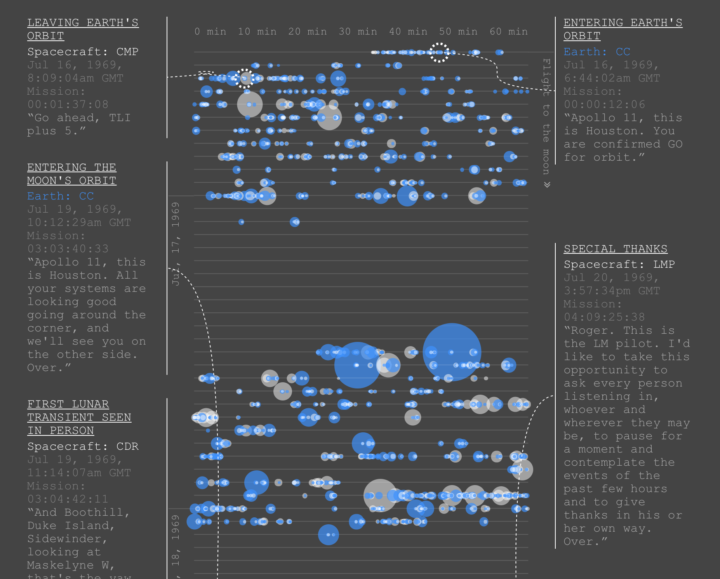
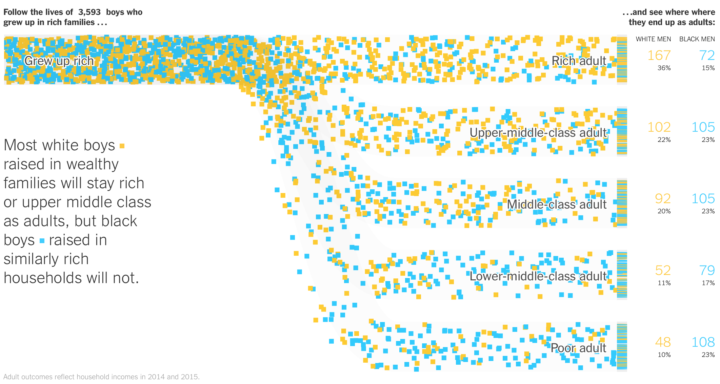
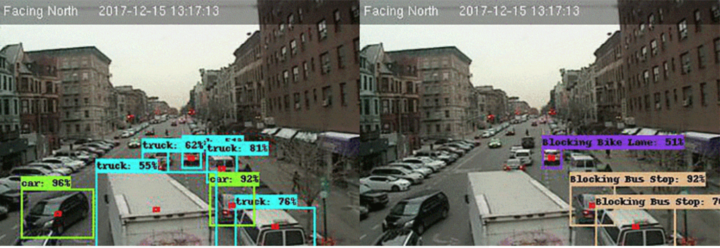


 Visualize This: The FlowingData Guide to Design, Visualization, and Statistics (2nd Edition)
Visualize This: The FlowingData Guide to Design, Visualization, and Statistics (2nd Edition)










